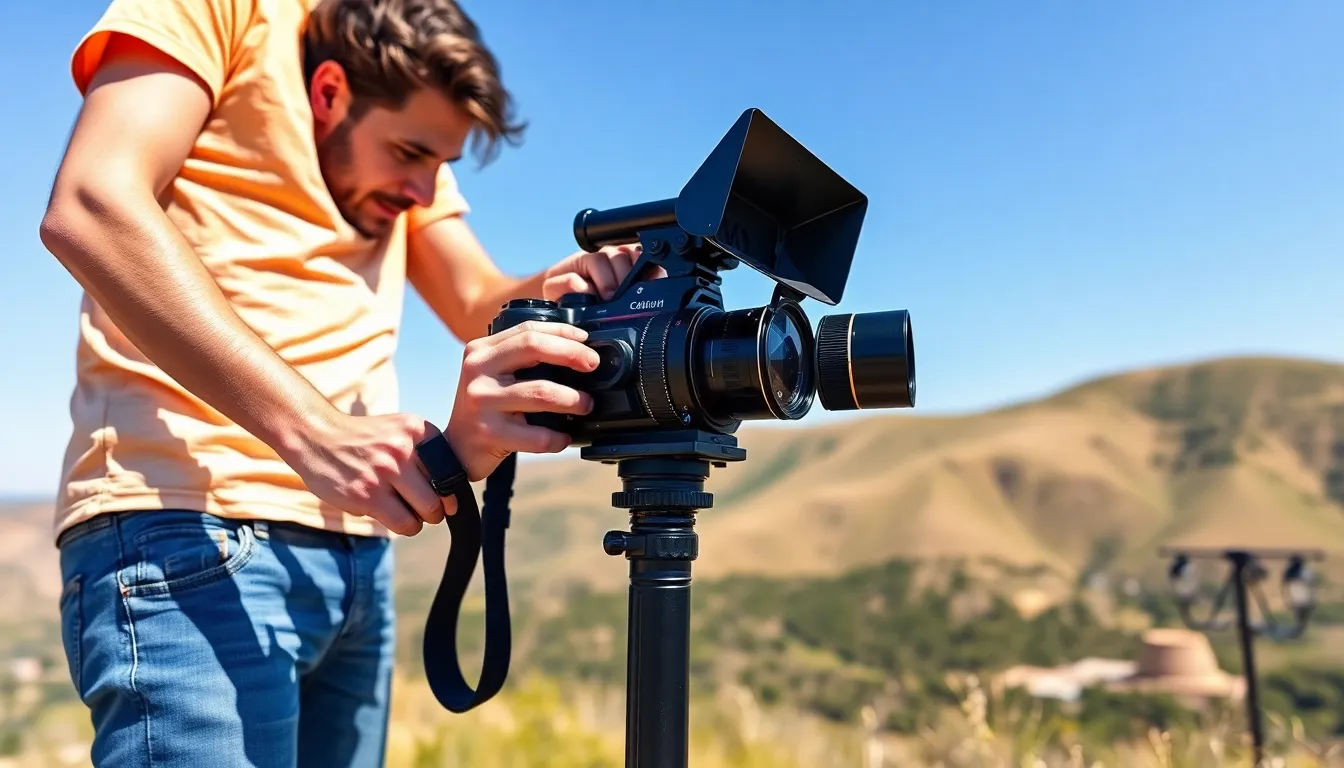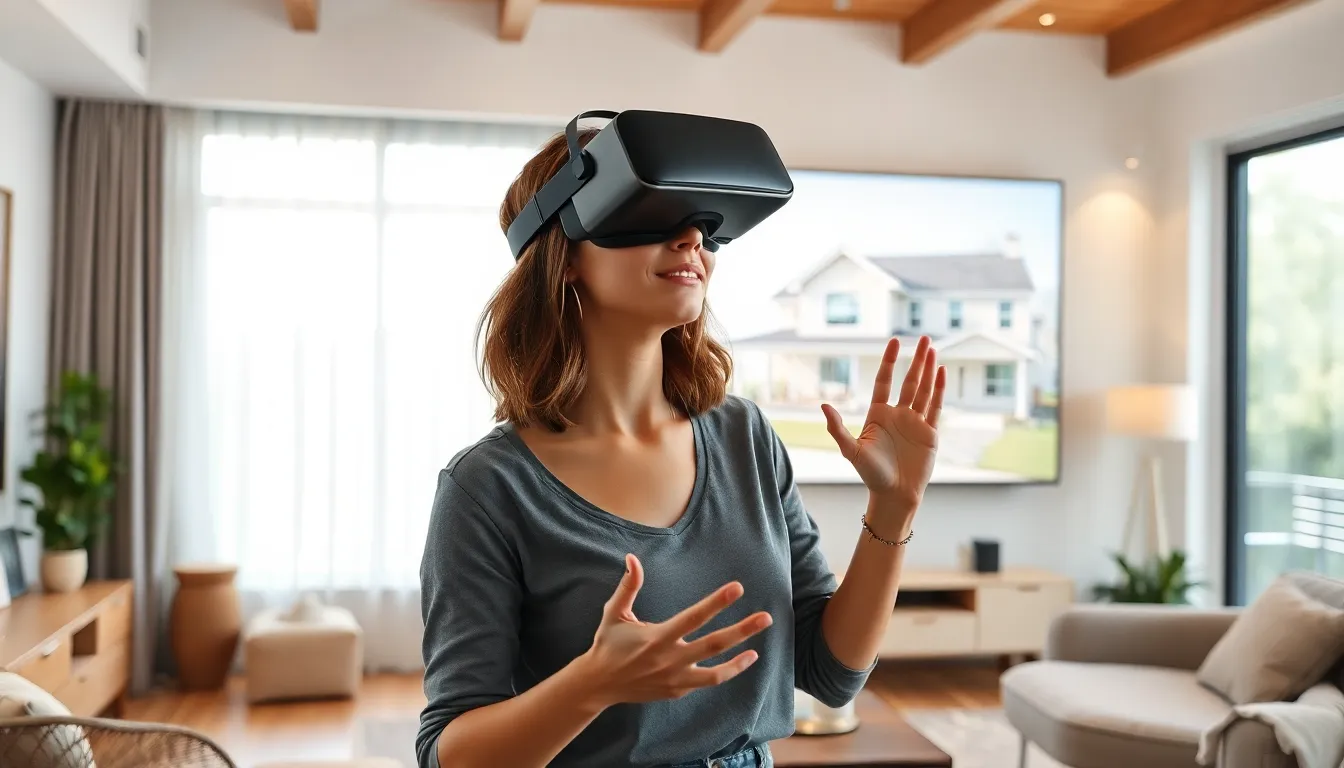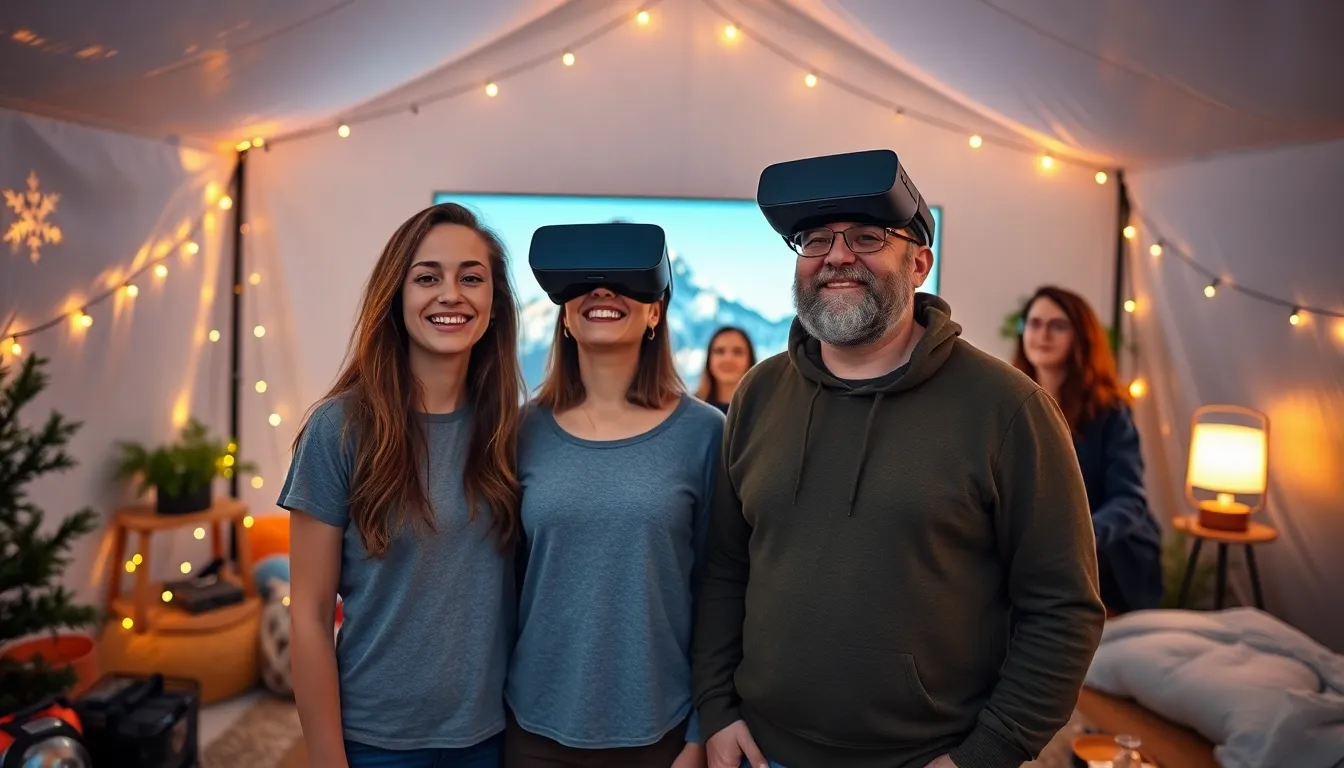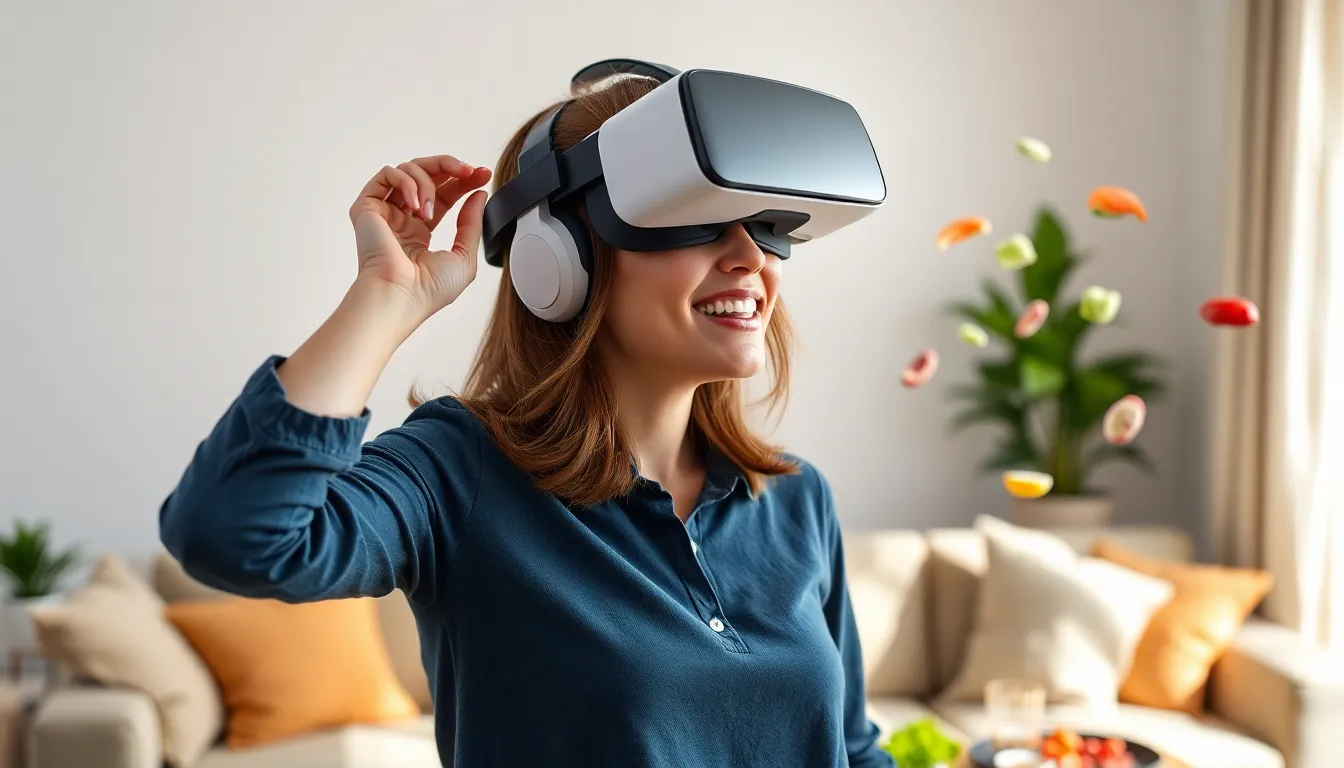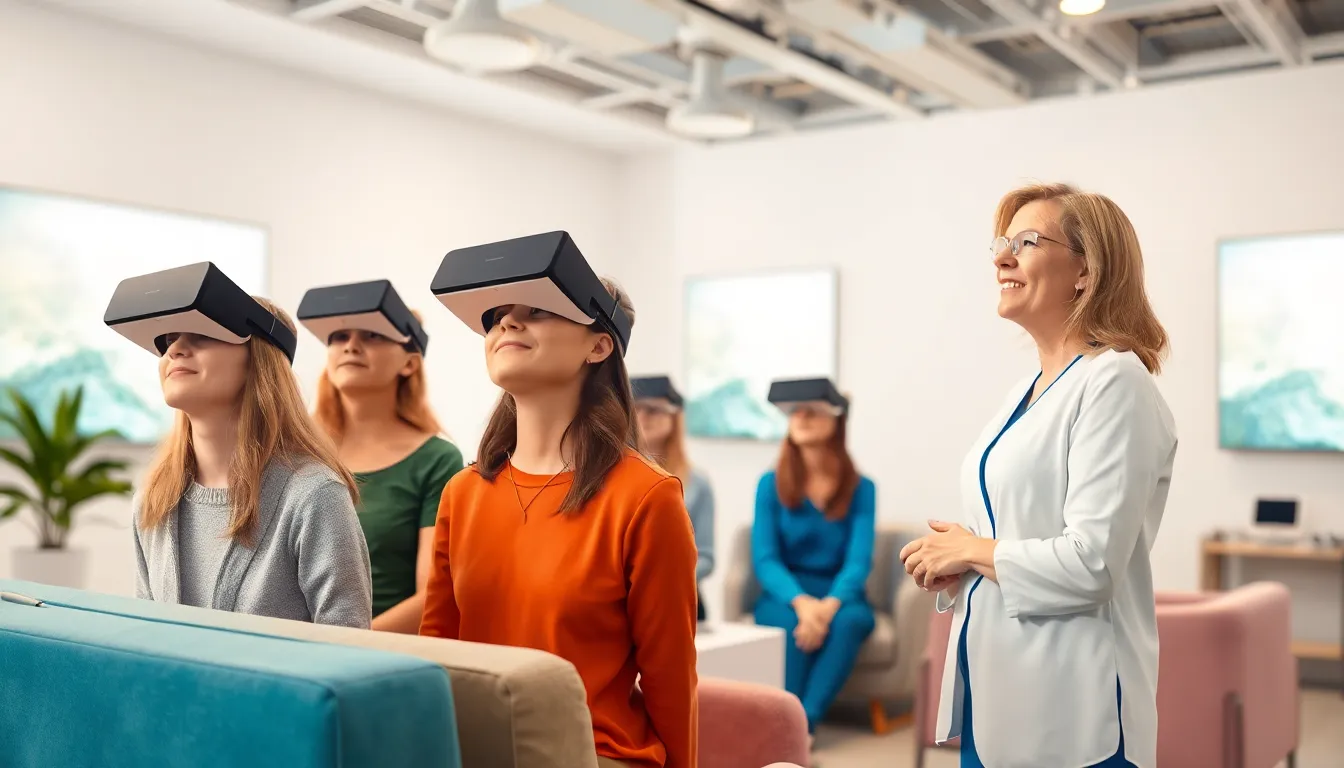Table of Contents
ToggleImagine stepping into a world where your photos come to life, where every click transports you to a new dimension. That’s the magic of VR photography. It’s not just about snapping a picture; it’s about creating an immersive experience that makes viewers feel like they’re right there with you. Forget traditional photography—who needs flat images when you can capture and share entire environments?
Overview of VR Photography
VR photography, a pioneering technology, immerses audiences in a three-dimensional visual experience. This approach allows users to explore environments from multiple angles, enhancing their connection to the captured scene. Photographers utilize special equipment, such as 360-degree cameras, to produce images that offer a holistic view of surroundings.
The immersive quality of VR photography captivates users. Unlike traditional photographs, VR images invite viewers to look around and interact within the scene, creating a sense of presence. These experiences are often enhanced by sound and interactivity, which further engage the audience.
Many industries leverage VR photography for diverse purposes. Real estate agents showcase properties through virtual tours, allowing potential buyers to navigate homes remotely. Moreover, travel and tourism sectors create engaging promotional content, transporting viewers to exotic locations without needing to leave their homes.
To create VR photographs, various techniques are employed. Photographers stitch together multiple images, ensuring seamless transitions between views. Editing software enhances the final product, allowing for adjustments in lighting, color, and depth perception.
VR photography also plays a crucial role in education and training. Students can experience environments related to their fields of study, gaining practical insights that traditional classrooms might not offer. This approach enhances comprehension and retention of material.
As technology continues to evolve, VR photography’s relevance will increase. Emerging tools and platforms ensure that this immersive art form remains accessible, engaging, and versatile for future generations.
Benefits of VR Photography
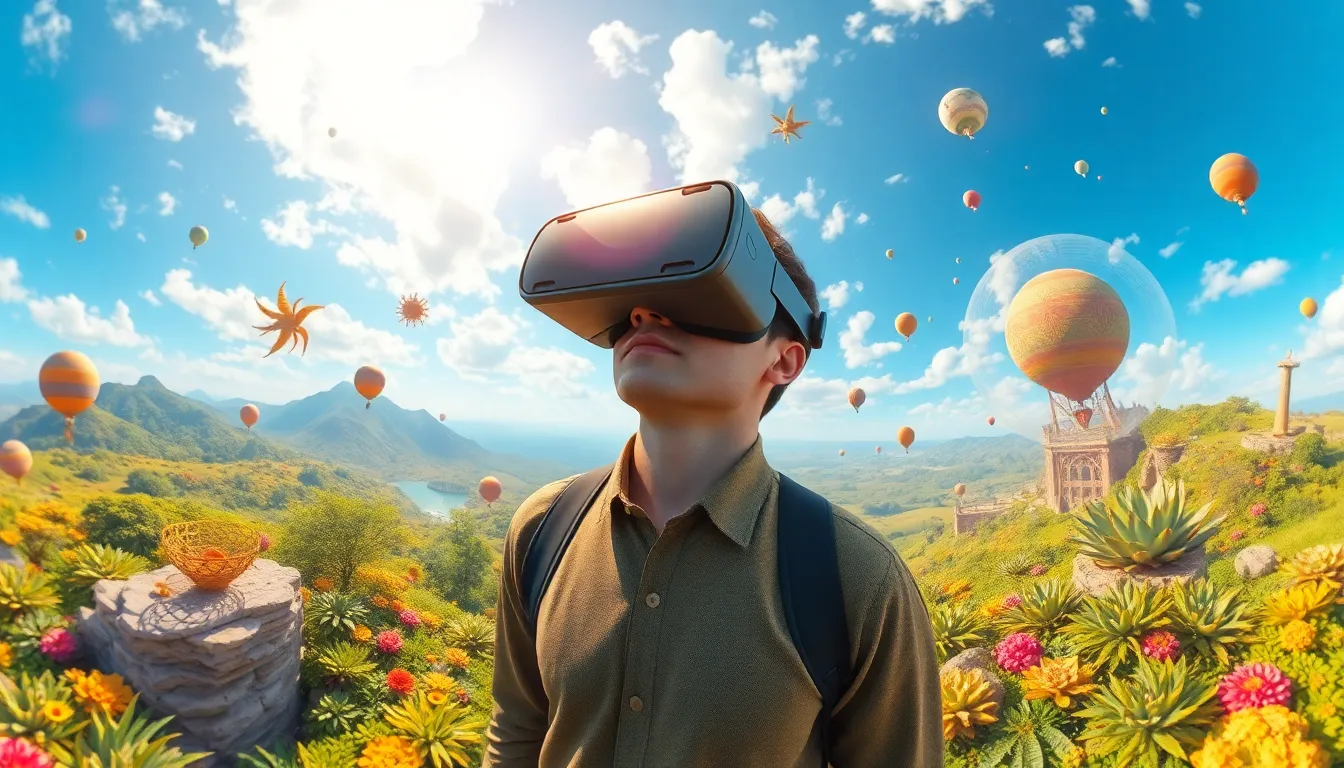
VR photography offers distinct advantages that enhance the way individuals engage with images. It transforms conventional viewing into an interactive experience, drawing viewers into the scene.
Immersive Experience
Immersive experiences captivate audiences as they explore lifelike environments. Viewers feel as if they inhabit the captured space, allowing them to interact with the imagery from various angles. This level of immersion fosters a deeper connection to the content, making it memorable and impactful. The realistic portrayal of scenes encourages emotional responses, which can elevate the overall appreciation of the artwork. 360-degree cameras and sophisticated stitching techniques contribute to this immersive quality, elevating VR photography beyond mere visual representation.
Enhanced Engagement
Enhanced engagement results from the interactive nature of VR photography. Users become active participants rather than passive observers. This interactivity promotes exploration, letting viewers navigate through images in real time. As a result, the content resonates more with audiences, creating lasting impressions. Businesses utilize this innovative approach to captivate customers, particularly in real estate and tourism. They offer virtual tours that spark curiosity and foster emotional connections with properties or destinations. Enhanced engagement through VR photography leads to a more profound appreciation of visual storytelling.
Key Technologies in VR Photography
VR photography relies on a combination of cutting-edge technologies to create immersive experiences. The main components include VR cameras and specialized software and editing tools.
VR Cameras
VR cameras capture immersive 360-degree images, allowing photographers to document entire environments. Many models feature multiple lenses, enabling the simultaneous capture of various angles. Popular options, like the Insta360 One X2 and the Ricoh Theta Z1, provide high-resolution images and user-friendly interfaces. These cameras also boast features such as live streaming capabilities, enhancing the interactive aspect of VR photography. With numerous models available, photographers choose based on their specific needs, from portability to image quality.
Software and Editing Tools
Editing tools play an essential role in enhancing VR photography. Software platforms like Adobe Premiere Pro and Kolor Autopano facilitate the stitching of images into seamless panoramic views. Many programs offer advanced features, such as color correction and 3D effects, to further enrich the visual experience. Users benefit from intuitive interfaces designed to streamline the editing process. Additionally, virtual reality platforms like Oculus and HTC Vive enable immersive previews of edited content, providing new creative possibilities for photographers. Therefore, investing in the right software is crucial for creating stunning VR visuals.
Applications of VR Photography
VR photography finds significant applications across various sectors, enhancing engagement and interaction.
Real Estate
Real estate professionals utilize VR photography to offer virtual tours, allowing potential buyers to explore properties remotely. With immersive visuals, clients can navigate rooms and landscapes as if they were physically present. This technology streamlines property viewings, saving time for both agents and prospective buyers. Research indicates that listings featuring VR content attract significantly more interest, resulting in quicker sales. Enhanced experiences foster emotional connections, enabling viewers to envision their new life within a space.
Travel and Tourism
In travel and tourism, VR photography captivates audiences by transporting them to exotic locations through immersive imagery. Tour operators leverage this technology to showcase destinations, engaging potential travelers with vibrant, 360-degree views. Virtual experiences draw attention, often leading to increased bookings, as travelers get a realistic feel of their travel options. Additionally, hotels and attractions can highlight unique features, such as breathtaking views or local activities, creating memorable first impressions. Statistics show that engaging VR content significantly influences travel decisions.
Challenges and Limitations
Despite the advantages of VR photography, several challenges and limitations exist. High costs of equipment pose a significant barrier for many photographers. 360-degree cameras and editing software often demand substantial investments, allowing only well-funded projects to thrive.
Content creation also involves steep learning curves. Photographers must familiarize themselves with specific techniques, such as stitching images and managing software intricacies. Mastery of these skills can take time, hindering the immediate use of VR photography for newcomers.
Another limitation highlights technical compatibility. Various platforms and devices may not support all VR formats, leading to accessibility issues for viewers. Inconsistent experiences can diminish the immersive quality that VR photography aims to provide.
Quality of content matters significantly. Low-resolution images or poorly stitched panoramas lead to unsatisfactory viewer experiences. Photographers face pressure to maintain high production values to engage audiences effectively.
Moreover, some users experience discomfort when engaging with VR content. Symptoms like motion sickness can reduce enjoyment and prevent extended usage. Creators must consider these aspects to ensure comfortable experiences for viewers.
Lastly, the evolving nature of technology poses a challenge. Rapid advancements can result in outdated equipment or methodologies. Staying current requires continuous investment and adaptation, which can strain resources.
While VR photography presents opportunities, the challenges and limitations demand careful consideration. Balancing costs, technical requirements, and user experiences is crucial for successful implementation.
VR photography represents a significant leap in visual storytelling. Its immersive qualities not only enhance viewer engagement but also foster emotional connections that traditional photography can’t achieve. As industries like real estate and tourism adopt this technology, the potential for captivating content grows exponentially.
While challenges like equipment costs and technical complexities exist, the benefits of VR photography are undeniable. This innovative approach is set to redefine how audiences experience visual content. As technology continues to evolve, embracing VR photography will be essential for those looking to stay ahead in a competitive landscape. The future of photography is here, and it’s more immersive than ever.

